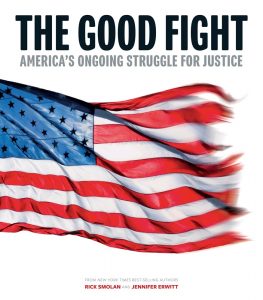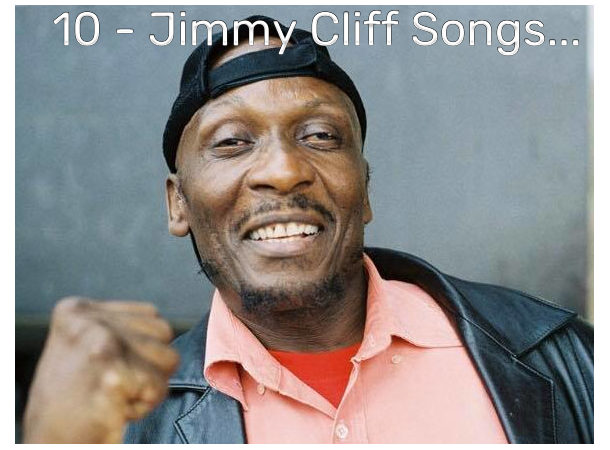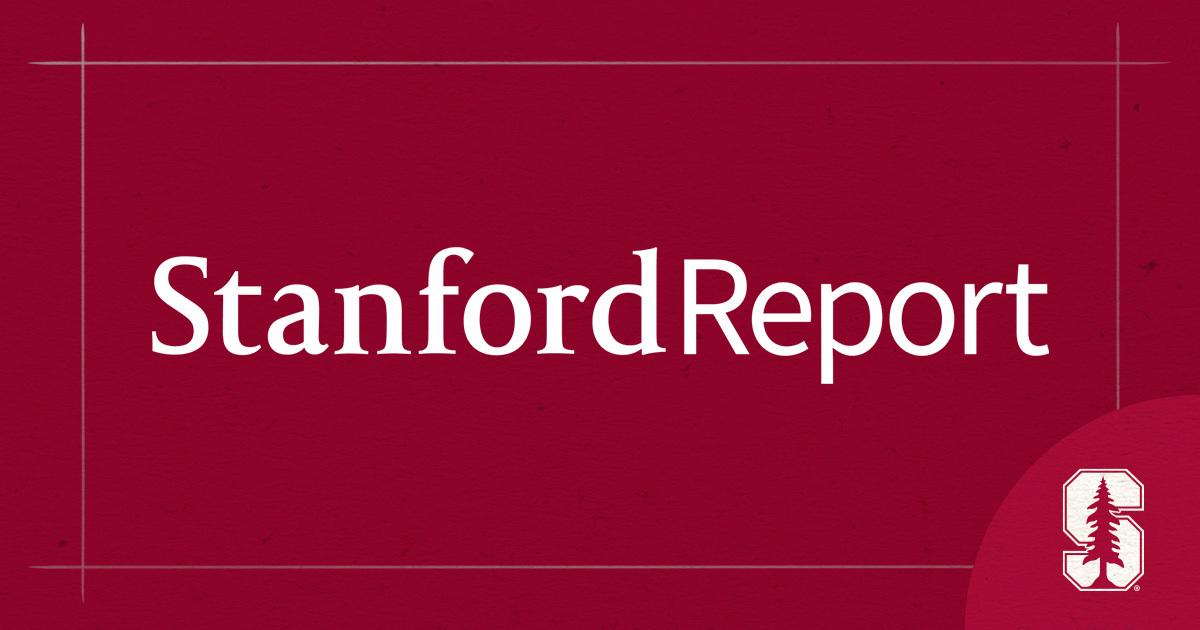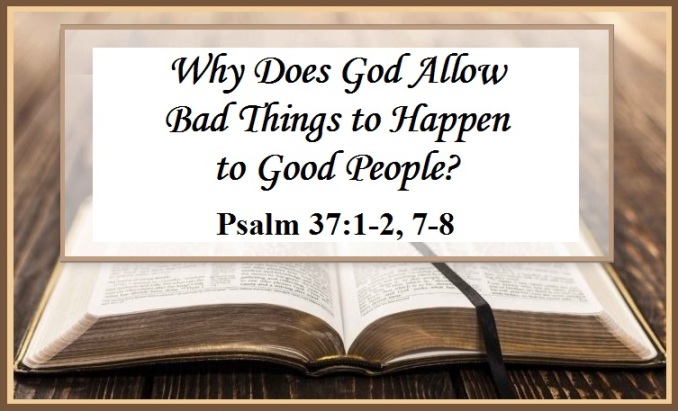(ThyBlackMan.com) This week the Fraternal Order of Police, presumably on behalf of all 300,000 of its members, released a letter condemning the impeachment of Donald Trump for a “lack of due process”. This is the same organization whose local Chicago chapter called the conviction of the officer who shot and killed Laquan McDonald, as he was recorded on video backing away, “a sham trial and a shameful verdict.” After the police killing of twelve-year-old Tamir Rice while playing with a toy gun, the head of the Miami FOP tweeted, “If you act like a thug, you’ll be treated like a thug.”
With many in the African American community still upset by the police shootings of Botham Jean and Atatiana Jefferson, both killed in their homes, attention has again turned to police violence and the actions of the offending officers. Less scrutiny has been given, however, to the subject of policing.
Who is policing America
There are some 20,000 state and local police agencies in the United States – by way of comparison Canada has 461. Of that total, 81% have fewer than twenty-five officers and 42% fewer than five. Patrick V. Murphy, the former Police Chief in several major cities including Washington, DC and New York and a thought-leader on police practices wrote that “many communities are policed by a farcical little collection of untrained individuals who are little better than guards” – although some have argued bigger is not necessarily better.
According to the Bureau of Justice Statistics, there were 686,665 police offices in 2016, the most recent date for which data was available. Seventy-seven percent (77%) were white, 86.2% were male and the average age was thirty-nine. The Washington Post’s Fatal Force database that tracks police killings reported that police killed 992 people in 2018 and 753 as of the end of October 2019.
Kansas City Experiments
The first serious attempt to professionalize modern police techniques happened in Kansas City, Missouri in the 1970s. The police chief thought that by increasing random patrols, making criminals think that “there could be a policeman around every corner”, crime would decrease. The theory was tested with data collected by George Kelling who found that the random patrols had no appreciable effect on crime rates.
In iteration 2.0, Lawrence Sherman came up with the tactic of using traffic stops, as a pretext to look for firearms, as a way to reduce crime. That didn’t work either. In his most recent book, Talking to Strangers, Malcolm Gladwell gives a detailed rundown of the evolution of policing techniques and tactics that are in use today. The so-called bible for this “proactive” policing was authored by Charles Remsberg in 1995 and is called Tactics for Criminal Patrol.
In his training advice, police are to look for “curiosity ticklers” or as he describes them, “anomalies in behavior that raise the possibility of probable wrongdoing.” It teaches police to use “visual pat-downs” and “concealed interrogation” techniques to try to get suspects to reveal information that may lead to an arrest. A key piece of advice to patrol officers, in the case of traffic stops for instance, is that they “should be careful to stop everyone.” That way a review of their police log will show that stops are “part of your customary pattern.”
Gladwell goes on to point out that currently, the most influential police training program is called the Reid Technique. It instructs police officers when dealing with people they do not know to “use demeanor as a guide to judge innocence or guilt.” As an example, it says that “deceptive suspects generally do not look directly at the investigator.” But given the fact that in many jurisdictions the composition of the police force is radically different than the population they police (more on that later), looking for clues based on their perception of a “culturally acceptable” response is bound to lead to bad outcomes.
Policing for profit
The investigation of the shooting of Michael Brown in Ferguson, Missouri that gave rise to the Black Lives Matter movement revealed several problems with policing in America. First, Darren Wilson, the officer who shot Brown, was employed by of one of those “farcical little” police departments that Chief Murphy derided. Second, Wilson had come from another small department next door in Jennings, Missouri, where he received his training, that had a mismatch in the police force and those policed and with a history of documented instances of racist behavior. That department was ultimately forced to close because of corruption in the ranks of its higher-ups. But what the Ferguson investigation also uncovered was what has come to be called “policing for profit.” The systematic use of fines imposed by law enforcement to supplement municipal revenue.
Using the findings in the Department of Justice investigation of civil rights violations in Ferguson, researchers looked at ninety-three cities in California and found “no relationship between crime or budgetary stress and crime.” What the researchers did find was cities with larger black populations “fine residents more on a per capita basis and are more reliant on fines” as a percentage of those cities’ budgets.
The study further found that “the cities seemingly most reliant on fines are the ones with the highest percentage of black residents being served by law enforcement that is whiter than its community.”
Inglewood was cited as a prime example. Its population is 43% black and 23% white and its police force is 40% white and 16% black. Deriving 5% of its municipal revenue from fines, Inglewood receives nearly double the amount of revenue from this source than the average city in California.
The Plain View Project
As can be seen throughout all of this, it’s impossible to overlook the role of race when examining policing in America. The Plain View Project, with its revelation of posts and comments on the social media accounts of police officers makes this abundantly clear. Examining social media accounts of 2,900 police officers from eight departments of varying sizes from around the country, the Project said its purpose was “to compile posts, comments, and other public activity that could undermine public trust in police and reinforce the views of critics, especially in minority communities, that the police are not there to protect them.”
These posts and public comments were described as “typically displaying bias, applauding violence, scoffing at due process (which the FOP just lamented as lacking) or using dehumanizing language.” For example, one Dallas police officer wrote after a homicide at a Dollar Store, “Just another savage that needs to be exterminated.” In the Philadelphia police department that has about 6,600 officers, the Plain View Project identified 1,073 on Facebook, one third of whom had “troubling” posts or comments attributed to them: some so egregious the Commissioner said those officers would be fired.
When we’re looking at policing in America, we should not only be looking for “rotten apples” but also for “rotten barrels”: police departments that should be closed, merged or the leadership removed because of how they recruit, train, deploy and discipline (or do not discipline) their officers. Only wholesale policing reform will bring about the necessary changes allowing communities of color to be better served and protected.
Staff Writer; Harry Sewell

















Leave a Reply